19 Sep 2023
Community Visioning
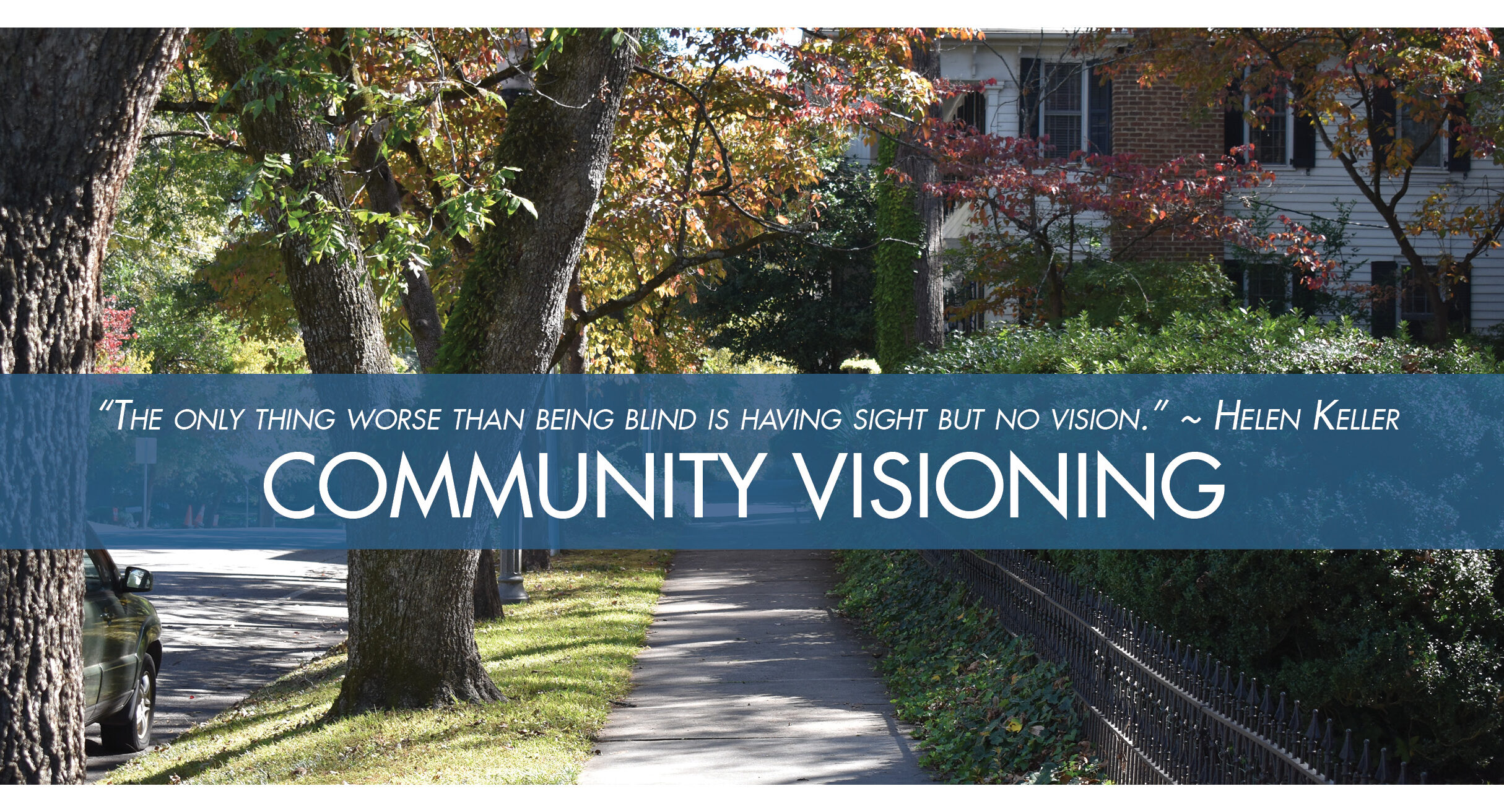

Have you ever driven to an unfamiliar destination and your GPS stopped working? The slight feeling of panic and frustration that follows can stop you in your tracks and may even put your trip on hold until you plan another path forward. A community without a shared vision may feel like they are stuck in a similar situation.
The plans or vision in place were working great, but due to turnover, public-pushback, or unforeseen events, it feels like either the road ran out of pavement, or a turn was missed somewhere along the way. How does a community get back on track? The first step is through Community Visioning. A tool used to identify where you are now and where you want to go and is an essential step to generating future success.
Five Tips to Improve Your Visioning Process.
Tip One: Focus on one or two topics in a session
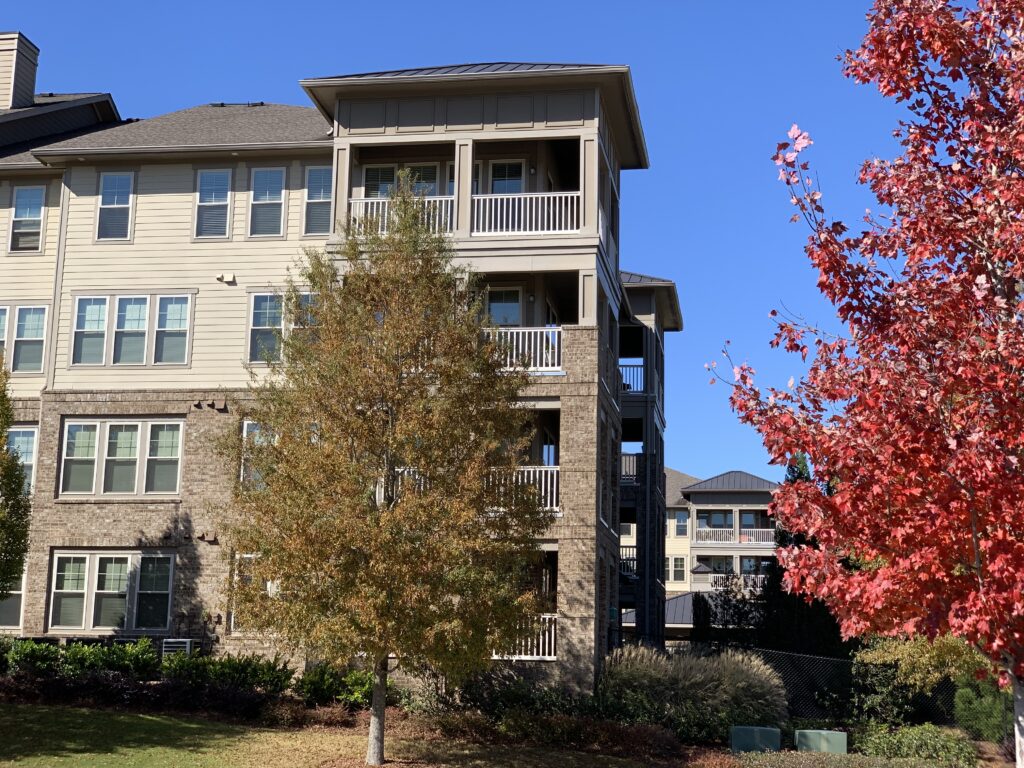
When hosting a visioning session, it is crucial that the meeting focuses on one or two broad topics. The goal is to generate ideas and discussion, and some ideas or discussions may not occur if the meeting is moving too quickly.
Focusing on topics such as housing, transportation, or individual projects is a better approach than trying to squeeze everything into one meeting.
Tip Two: Encourage community input and engagement
Inviting the community to the visioning sessions is a great way to incorporate trust, ownership, and transparency with the public. Residents and business owners may have insight on topics that aren’t known by the local government. Community engagement can also generate excitement about projects and can create ownership and pride amongst the community.
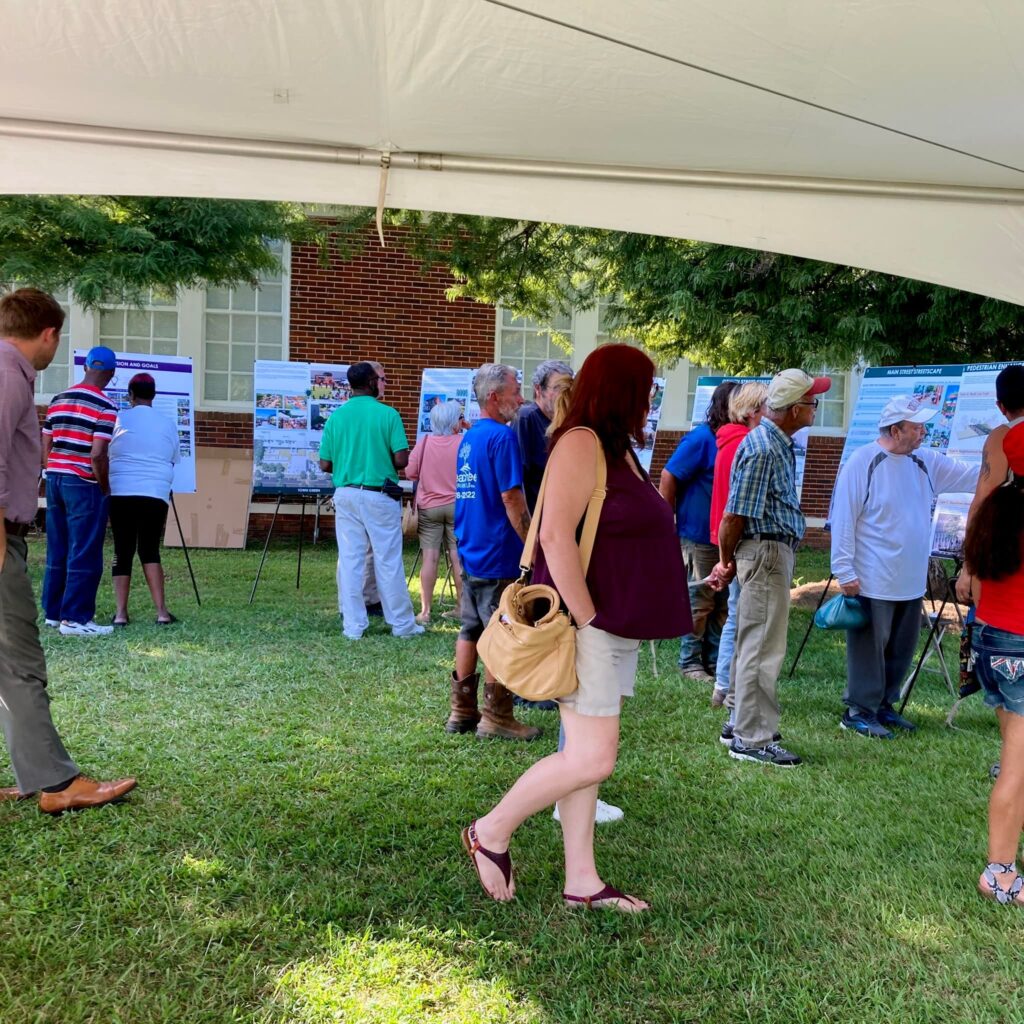
It can be difficult for some community members to attend public meetings, but live streaming meetings, publishing meeting materials, online surveys, and tabling at community events can assist with reaching residents who cannot attend in-person events. Traditional meetings can often be boring, and keeping everyone engaged can sometimes be a struggle. Instead of hosting a traditional input session, try thinking outside the box regarding the meeting style, location, and time. If a community notices that participation is lacking, try for example a drop-in style session where community members can stop in and have a discussion with local government staff during a two-hour window.
Tip Three: Create an Implementation Plan
Creating an Implementation Plan can be a great way to jump start the ideas and concepts discussed in the visioning sessions. They outline projects that can be accomplished including projects priority, timeframes, funding opportunities, and responsible parties. An Implementation Plan is a great starting point for local governments to ensure everyone is in alignment and focused on the same goals. The plan also creates accountability and demonstrates to stakeholders and the public that the outlined projects are a priority for implementation.
Tip Four: Bring in a Facilitator
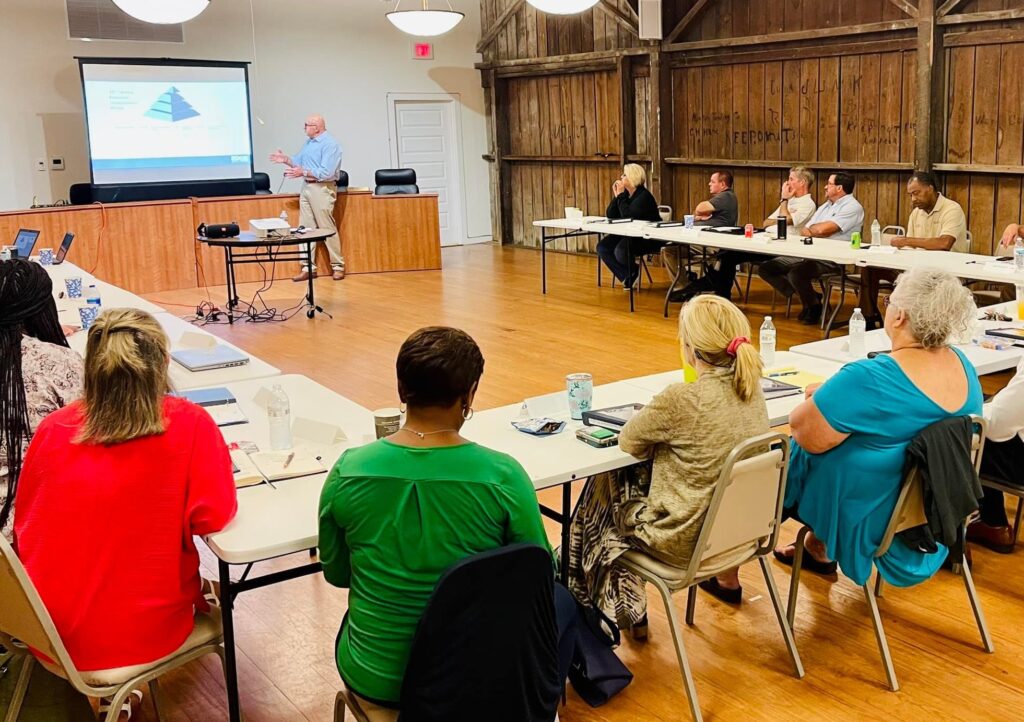
Local government staff may also want to be participants in the discussion, yet it can be difficult to facilitate and participate in the discussion at the same time. With the presence of a facilitator, local government staff can fully engage in the meeting without having to run it themselves. If your community needs to collect information on a contentious subject, it may be beneficial to hire a facilitator to guide the discussion. Facilitators possess extensive knowledge and expertise in handling sensitive topics that local government staff may avoid.
Tip Five: Revisit the Shared Vision
Revisiting a shared vision created by the community is also an important step to staying in alignment. Economic and Community Development is a process and not an event. Communities need to continuously work towards the shared vision to see the fruits of their labor in the future.
The shared vision is like a tree. Planting the tree is the first step in the process, for it to grow, it must receive water, sunlight, and be in a suitable environment. For a plan or vision to come to fruition, the vision or plan must be revisited and implemented for the public, businesses, and stakeholders to enjoy the fruits of its labor.
Bonus Pro-tip:
Remember, to take advantage of our Explore Communities, tab on our Site Selection page, abundant with valuable resources to facilitate your decision-making process.
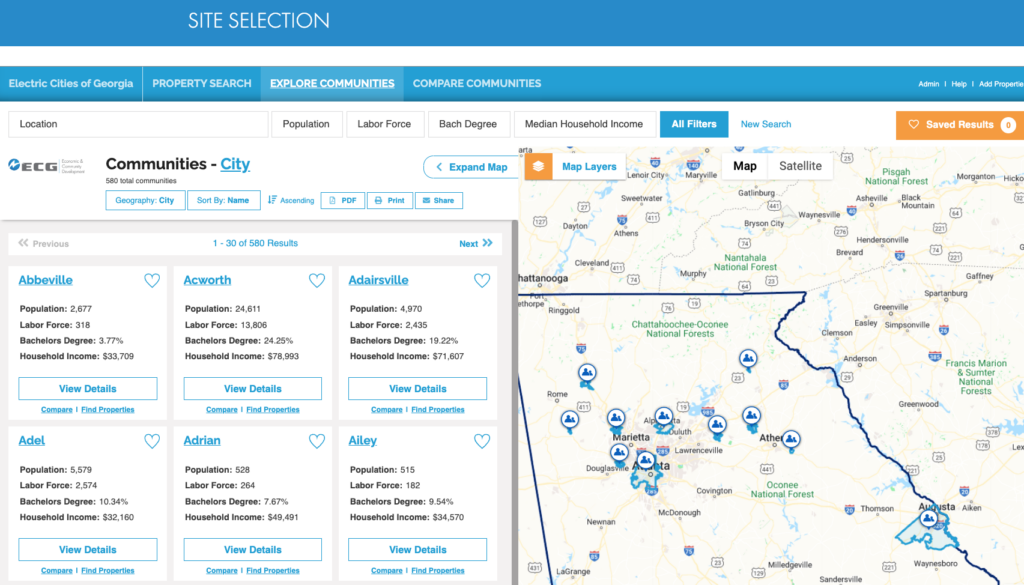
Our database offers an easily accessible and user-friendly interface where you can find a wealth of information on the demographics, labor patterns, wages, and occupations of diverse communities. We strive to provide comprehensive data to help you make informed decisions and gain a better understanding of your community.
Does your community need assistance with visioning or do you want to learn more about the visioning process? Contact Jon R. McBrayer, MPA, our Community Development Project Manager.
